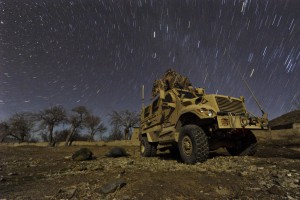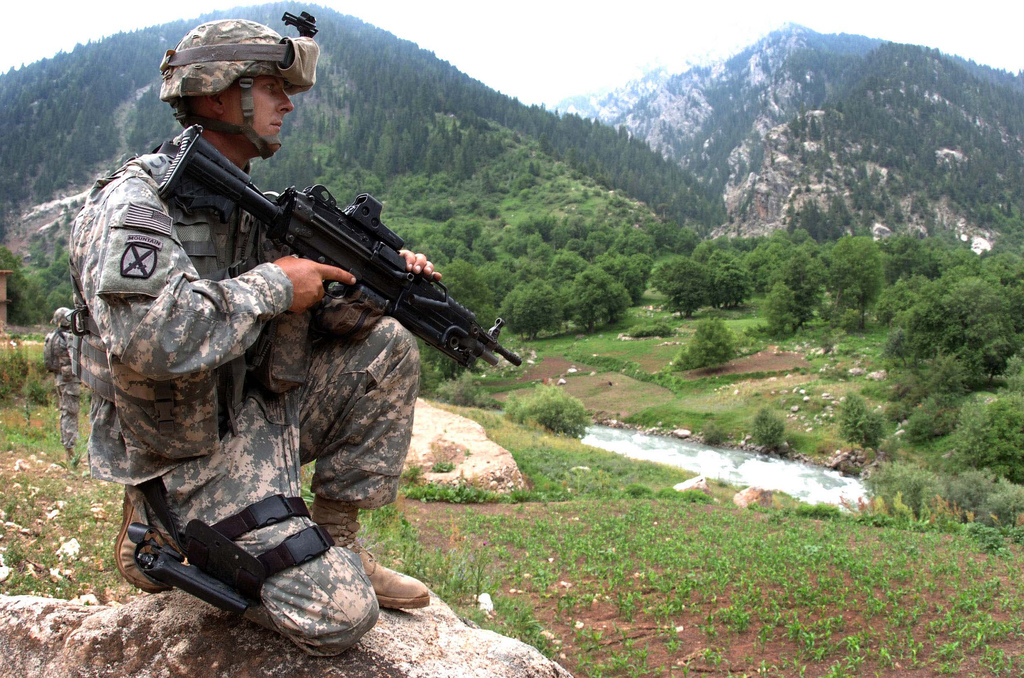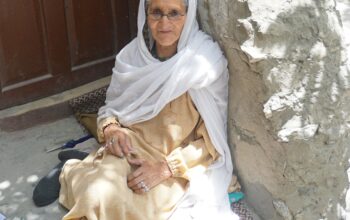Following our last issue on PMCs (Private Military Companies) and Afghanistan, we interviewed Tim Foxley, an Afghanistan political and military analyst, on what he predicted would be the future of this central Asian country and which role PMCs would play after the departure of most foreign troops at the end of 2014.
Pike and Hurricane: What started your interest in this field and how did you end up working as an analyst for the British Government?
Tim Foxley: I joined (actually, I think “drifted into” is a more accurate description) the UK Ministry of Defence in 1987 after graduating with a Bachelor’s Degree in 1986. This was during the time of the Cold War and when the Soviet Army was experiencing its own difficulties with counter insurgency in Afghanistan. After five fruitless and bored years of working in a finance and administration branch I got the chance to transfer over and become a political/military analyst in 1992. My “qualifications” as such were a fairly standard history and politics degree, a thesis on the evolution of trench warfare in the First World War, and an interest in military history more generally. During the 1990s, amongst the areas I looked at were security in Eastern Europe and the Balkans. In the mid/late 1990s I spent some months in Sarajevo and also looked at the Kosovo conflict in 1999.
P&C: Why did you choose to become specialized in Afghanistan?
Tim Foxley: The subject of Afghanistan was more or less chosen for me! Perhaps like many analysts at the time, the events of 9/11 proved difficult to avoid. I was reassigned to a South Asian team in November 2001 and told to get on with looking at the ground conflict and start trying to understand Taliban and militia groups across the country. It was very highly-pressurised hard work, providing political and military analysis – threat assessments, security briefings and longer-term strategic analysis.
 If I had a particular “lessons learned” moment from that early period, it was that during a fast moving and unexpected international crisis, far reaching decisions with strategic impact are often made when the decision makers know least about the area in which they will be operating.
If I had a particular “lessons learned” moment from that early period, it was that during a fast moving and unexpected international crisis, far reaching decisions with strategic impact are often made when the decision makers know least about the area in which they will be operating.
P&H: Although it is hard to predict, what are the possible scenarios for the future of Afghanistan after the withdrawal of most foreign troops?
Tim Foxley: Someone once said that making predictions is difficult, particularly about the future. At the risk of parroting what most Western governments tend to say when asked this sort of question, all lot of progress has been made, but a lot of challenges remain. By any analysis, Afghanistan is going to be struggling for years. It is not enough to list out the “statistics of progress” – kilometers of road built, number of girls going to school, size of the Afghan National Army, etc. At the end of this year, almost all the international troops will have departed, baring a residual force of approximately 10,000 (remember this is down from a peak of around 140,000 in 2011) and the Taliban, although bloodied an unlikely to capture Kabul, are undefeated.
Afghanistan can clearly go in several directions after 2014. For me, the most optimistic outcome is a slow and painful improvement over several years in the security situation, leading to development of the political and economic roots that are still only quite small. The array of negative solutions include a gradual deterioration of the security situation, a more rapid collapse of the Afghan army in the face of a resurgent Taliban, the implosion of government in some form of coup, or the fragmentation of the country back into smaller, warlord-dominated fiefdoms.
I am more of a pessimist than an optimist. There are too many things that can go wrong. The new President, Ashraf Ghani, is dynamic, energetic and, as far as I can tell, honest. But he faces a lot of problems and there appear as yet to be no realistic plans for engaging in peace dialogue with the Taliban. The Taliban is certainly more emboldened this year, as ISAF forces pull out, and is engaging in larger scale operations now that they have less fear of US airpower. Two weeks ago, reports were coming out form Afghanistan that the Afghan Army is suffering “unsustainable” casualty rates.
The Master’s thesis I wrote last year as part of the Malmö University Peace and Conflict Studies, suggested that a five to ten year military stalemate was plausible and that  perhaps an even greater risk than the military capabilities of the Taliban was the risk of government inertia or failure, and a battle for political control of parts of the armed forces. This might see a return to the brutal civil war of the 1990s.
perhaps an even greater risk than the military capabilities of the Taliban was the risk of government inertia or failure, and a battle for political control of parts of the armed forces. This might see a return to the brutal civil war of the 1990s.
P&H: What role do you think PMCs (Private Military Companies) will play in this future?
Tim Foxley: Given the diminishing role of US military activity over the last few years and the negative publicity accorded to some of the “classic” PMCs (i.e. Blackwater/Xe/Academi), I do not see an upturn in large-scale PMC activities in Afghanistan for the medium term (the next 2-3 years). Of course, many private security groups will remain – personal protection for individuals and embassy protection for example. The trend might reverse if the Afghan army suffers military reverses and recruitment problems.
P&H: Do you think increasing the use of PMCs will be norm in the future of warfare for post-conflict areas and how legal issues will be handled?
I am not sure about the “norm” but, given the West’s difficulties with complex conflicts and an apparent reluctance to directly put “boots on the ground” for the next few years, PMCs might form a less risky way of engaging. Mercenaries of various sorts will always be a quick, easy solution – albeit expensive – to conflict situations around the world. However, there are many scandals associated with PMCs and the spectacular failures in Iraq still stick in the mind.
But we must be careful these days not to simply equate “PMC” with American multi-million dollar corporations using primarily ex-Special Forces. I think the definitions might begin to blur – with the legal implications likely struggling to keep up – and become more complex. I am starting to wonder if armed local civilian groups might start to encroach into the area previously occupied by PMCs. In Afghanistan, local militia groups (effectively warlords) jumped onto the bandwagon a few years ago, providing “protection” for the movement of supplies along dangerous roads. Often their relationship with local insurgent groups is “complex”, to say the least. I think they would prefer to see themselves as PMCs and present themselves as such. Although in a slightly different context, I would also be interested to understand more about the evolution of the volunteer militia battalions in Eastern Ukraine. A study of their activities, funding, command structure and political/criminal connections might be very interesting.
By Rodrigo de Souza
Image Credit:
Image 1: DVIDSHUB, licensed under CC BY 2.0
Image 2: The U.S. Army, licensed under CC BY 2.0










